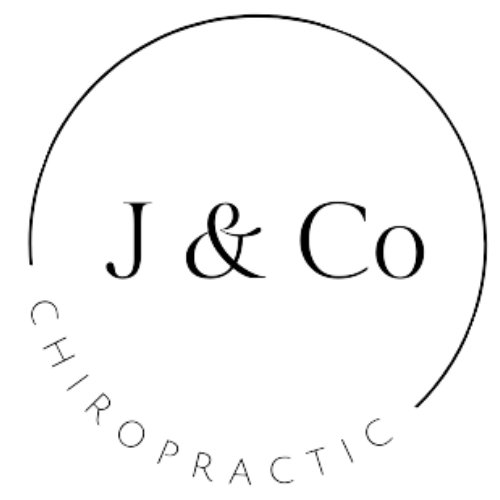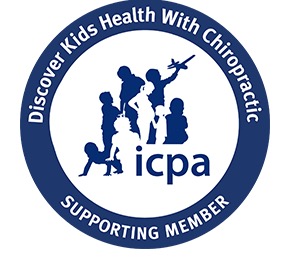Vertigo, a disorienting and often debilitating condition disrupts the delicate equilibrium that defines our everyday movements. Beyond mere dizziness, vertigo introduces a sense of spinning or tilting, impacting one’s ability to easily navigate the world.
With all the struggles it brings into your life, it’s no wonder that so many people are looking for effective solutions to the problem.
In this article, we’ll look at how chiropractic care can help with vertigo and how it can impact your well-being.
Understanding Vertigo
Vertigo is characterized by a perceptual illusion of movement or spinning. Unlike the typical lightheadedness associated with standing up too quickly, vertigo introduces a profound sense of disorientation and imbalance.
Vertigo can stem from various sources, with inner ear issues and disruptions in the vestibular system frequently identified as primary culprits. Inner ear conditions, such as benign paroxysmal positional vertigo (BPPV), labyrinthitis, or Meniere’s disease, can instigate episodes of vertigo.
Additionally, disturbances in the vestibular system, responsible for spatial orientation, can contribute to the unsettling sensations associated with vertigo.
The consequences of vertigo extend far beyond momentary discomfort. Individuals grappling with recurrent vertigo episodes often find routine activities challenging, leading to a diminished quality of life.
Simple tasks like driving, walking, or even turning in bed can become causes of discomfort, if not outright painful. The pervasive impact of vertigo underscores the need for comprehensive solutions that address its root causes.
The Link Between Spinal Alignment and Balance
The spine, a marvel of engineering, serves as the central pillar supporting the intricate network of the nervous system. Comprising the spinal cord and an array of nerves, this system transmits crucial signals between the brain and the rest of the body.
The spine’s alignment is paramount in ensuring the unimpeded flow of these signals, orchestrating seamless communication for optimal bodily function.
The Connection Between Spinal Misalignments and Disruptions in Sensory Input
A domino effect occurs when the spine is not in optimal alignment, potentially disrupting sensory input. This can manifest in a myriad of ways, including altered proprioception—the body’s ability to perceive its position in space.
Misalignments may compromise the feedback loop between the nervous system and the body’s various sensory receptors, contributing to a sense of disequilibrium that is characteristic of vertigo.
How Imbalance in the Spine May Contribute to Vertigo Symptoms
Vertigo often finds its roots in a delicate interplay of signals and feedback mechanisms. Misalignments in the spine, particularly in the upper cervical region, can affect the intricate structures responsible for maintaining balance.
The intricate relationship between the spine and the vestibular system, a key player in balance regulation, underscores the potential impact of spinal misalignments on vertigo symptoms. Addressing these misalignments becomes a focal point in the pursuit of equilibrium.
Chiropractic Philosophy in Addressing Vertigo
Chiropractic care operates on a foundational philosophy that extends beyond mere symptom management. Embracing holistic principles, chiropractors recognize the body’s innate ability to heal and maintain optimal health when given the right conditions.
This holistic approach forms the bedrock of chiropractic philosophy and guides practitioners in addressing conditions like vertigo with a comprehensive perspective.
The Body’s Innate Healing Ability
Central to chiropractic philosophy is the profound belief in the body’s innate capacity to heal itself. Chiropractors view symptoms, including vertigo, as signals of an underlying imbalance rather than isolated issues.
By addressing the root causes and facilitating the body’s natural healing processes, chiropractic care seeks to go beyond alleviating symptoms, aiming for sustained well-being.
The Role of Spinal Adjustments in Restoring Alignment and Function
At the heart of chiropractic interventions lies the practice of spinal adjustments. Chiropractors employ precise and targeted adjustments to realign the spine, aiming to correct any misalignments that may impede the optimal function of the nervous system. In the context of vertigo, these adjustments take on a crucial role in restoring balance and harmony to the body’s intricate systems.
Chiropractors approach vertigo holistically, recognizing that its origins may extend beyond the immediate symptoms.
Rather than isolating the vertigo experience, chiropractic care explores the interconnectedness of bodily systems, looking into potential contributions from the musculoskeletal structure, nervous system, and overall well-being.
Promoting Overall Health and Resilience
Beyond the specific alleviation of vertigo symptoms, chiropractic care seeks to enhance overall health and resilience. By addressing spinal misalignments, chiropractors aim to fortify the body’s ability to adapt to stressors, contributing to a more robust and balanced state.
This proactive approach aligns with the core tenets of chiropractic philosophy, fostering a comprehensive sense of well-being.
Chiropractic Techniques to Help with Vertigo
Spinal Adjustments and Nervous System Optimization
Spinal adjustments, the hallmark of chiropractic care, take center stage in addressing vertigo. Chiropractors utilize precise and controlled techniques to realign the spine, particularly focusing on the upper cervical region.
These adjustments optimize nervous system function by restoring proper spinal alignment. The intricate relationship between the spine and the nervous system underscores the potential impact of these adjustments in alleviating vertigo symptoms.
Soft Tissue Therapy for Muscular Tension
Soft tissue therapy, including techniques like massage and trigger point therapy, plays a vital role in addressing muscular tension that may contribute to vertigo. Muscular tightness, often a consequence of stress or misalignments, can impact the delicate balance mechanisms in the body.
Chiropractors employ targeted soft tissue interventions to alleviate tension, promoting relaxation and facilitating a more harmonious relationship between muscles and the vestibular system.
Gentle Maneuvers for Specific Vertigo Conditions
For certain vertigo conditions, such as Benign Paroxysmal Positional Vertigo (BPPV), chiropractors may employ specific maneuvers. These maneuvers involve careful positioning of the head and body to dislodge crystals in the inner ear that may be causing vertigo.
Through these gentle and precise techniques, chiropractors aim to restore normal function to the vestibular system, offering relief from positional vertigo symptoms.
Neck Exercises and Rehabilitation
Chiropractors often incorporate targeted neck exercises and rehabilitation into treatment plans for vertigo. These exercises aim to enhance strength, flexibility, and coordination in the neck and upper cervical region.
Strengthening these areas can contribute to better postural control and reduce stress on the vestibular system, addressing underlying factors that may contribute to vertigo.
Chiropractic Care
If you’re looking for chiropractic care for your vertigo symptoms, we’re here to help!
Our dedicated team at J and Co Chiropractic is committed to providing you with the best chiropractic care for your unique needs. Contact us now and book an appointment!


